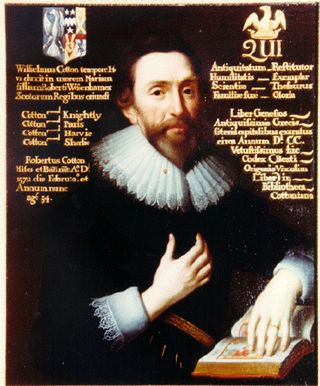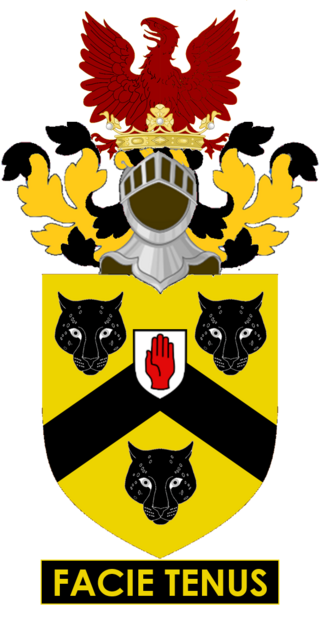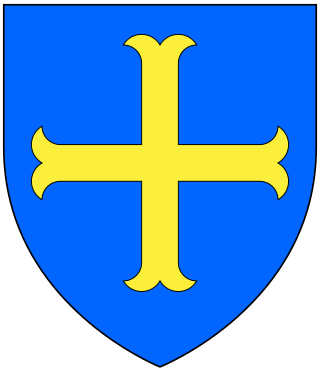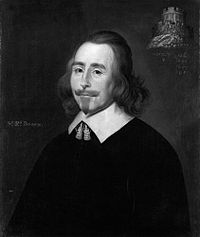
Baron Kilmaine is a title that has been created twice, both times in the Peerage of Ireland. The first creation came in 1722 in favour of the soldier the Hon. James O'Hara. Two years later he succeeded his father as Baron Tyrawley. However, both titles became extinct on the second Baron Tyrawley's death in 1773 without legitimate sons.

There have been five baronetcies created for persons with the surname Barker, three in the Baronetage of England, one in the Baronetage of Great Britain and one in the Baronetage of the United Kingdom. All five creations are extinct.
There have been eleven Gordon Baronetcies :

There have been three Baronetcies created for persons with the surname Cotton, all in the Baronetage of England. One creation is extant as of 2008.
There have been six Baronetcies created for persons with the surname Brown, one in the Baronetage of Nova Scotia, one in the Baronetage of England, two in the Baronetage of Great Britain and two in the Baronetage of the United Kingdom. Two creations are extant as of 2010.

There have been five baronetcies created for people with the surname Pollock, one in the Baronetage of Nova Scotia and four in the Baronetage of the United Kingdom. As of 2017 three of the creations are extant. These three creations derive from the same family to which the 1703 baronetcy was granted; the Pollock ancestor of Sir Frederick Pollock, 1st Baronet and Sir George Pollock, 1st Baronet married his cousin, daughter of Sir Robert Pollock, 2nd Baronet.
Nineteen baronetcies have been created for persons with the surname Hamilton, eight in the Baronetage of Nova Scotia, one in the Baronetage of England, five in the Baronetage of Ireland, one in the Baronetage of Great Britain and four in the Baronetage of the United Kingdom. As of 2008 two creations are extant, two are dormant, two are either extinct or dormant and twelve extinct.
There have been nine baronetcies created for persons with the surname Lloyd, three in the Baronetage of England, three in the Baronetage of Great Britain and three in the Baronetage of the United Kingdom. Two of the creations are extant as of 2010.
There have been four baronetcies created for people with the surname Lee, all extinct.
There have been three baronetcies created for persons with the surname Everard, one in the Baronetage of Ireland, one in the Baronetage of England and one in the Baronetage of the United Kingdom. Only one creation is extant as of 2010.
There have been four baronetcies created for persons with the surname Temple, two in the Baronetage of England, one in the Baronetage of Nova Scotia and one in the Baronetage of the United Kingdom.
There have been seven baronetcies created for persons with the surname Powell, five in the Baronetage of England and two in the Baronetage of the United Kingdom. Only one creation is extant as of 2007.
There have been four baronetcies created for people with the surname Parsons, two in the Baronetage of Ireland, one in the Baronetage of England and one in the Baronetage of the United Kingdom. One creation is still extant as of 2008.

There have been two baronetcies created for persons with the surname Wheler, one in the Baronetage of England and one in the Baronetage of the United Kingdom. One creation is extant as of 2008.

There have been three baronetcies created for persons with the surname Carew, two in the Baronetage of England prior to 1707, one in the Baronetage of Great Britain.

There have been four baronetcies created for members of the ancient House of Beaumont, all in the Baronetage of England. All four creations are extinct or dormant.

There have been two baronetcies created for persons with the surname Yelverton, both in the Baronetage of England.

There have been three baronetcies created for descendants of the ancient Norman family of Molyneux who were granted extensive estates in Lancashire after the Norman Conquest.
There are four extinct baronetcies created for persons with the surname Norton: two in the Baronetage of England, one in the Baronetage of Ireland and one in the Baronetage of Nova Scotia.
The Maxwell baronetcy of Orchardtoun, Kirkcudbrightshire was created by Charles II of England and Scotland in the Baronetage of Nova Scotia for Robert Maxwell, son of the Royalist defender of Ballycastle, County Londonderry during the Second English Civil War.









